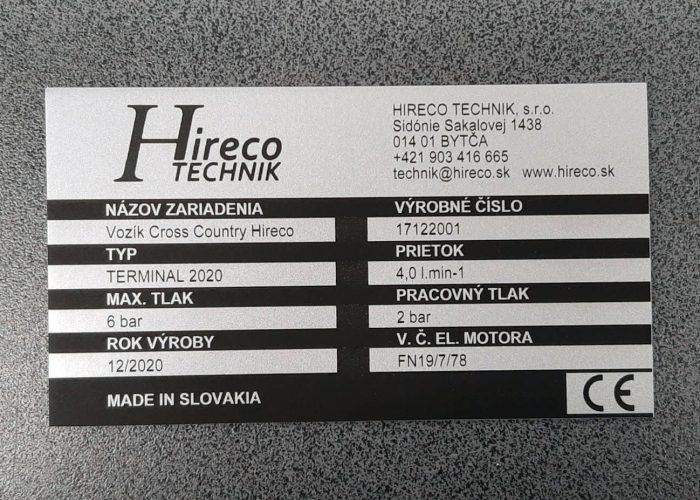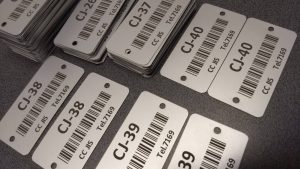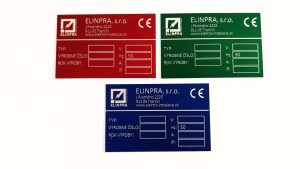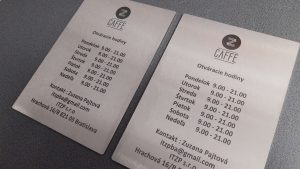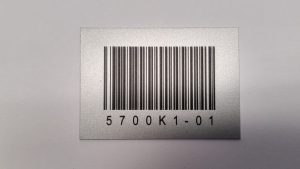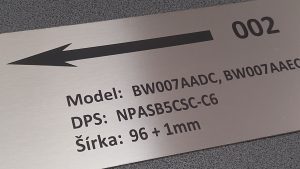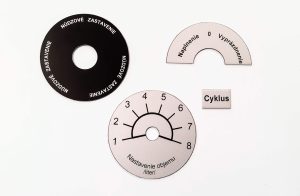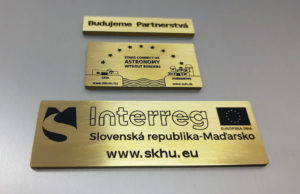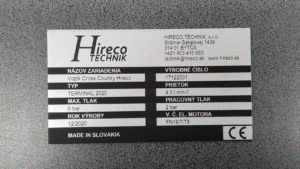For businesses, this is important because it allows them to track their products and inventory in a more efficient way. Product codes also allow customers to easily identify the product and find out more about it. QR codes in particular are becoming increasingly common, as they are able to be scanned with smartphones to instantly display relevant information. For example, a QR code placed on an electronic device can provide troubleshooting instructions or a link to its product manual. By placing QR codes on their products, manufacturers can quickly and easily provide customers with access to useful information.
This is particularly useful in an industrial environment, as producing labels with these codes can give employees quick access to any instruction or safety information. Inventory management and tracking is one of the most common uses of QR codes for businesses. By scanning a QR code, for instance, engineering companies can track when the part was received, who received it, and how many are in stock. This information can be stored digitally and easily accessible to anyone with the right authorization. So if say, a production facility is out of a particular spare part, the manager can then review inventory records and see when the next batch of parts is expected to arrive.
